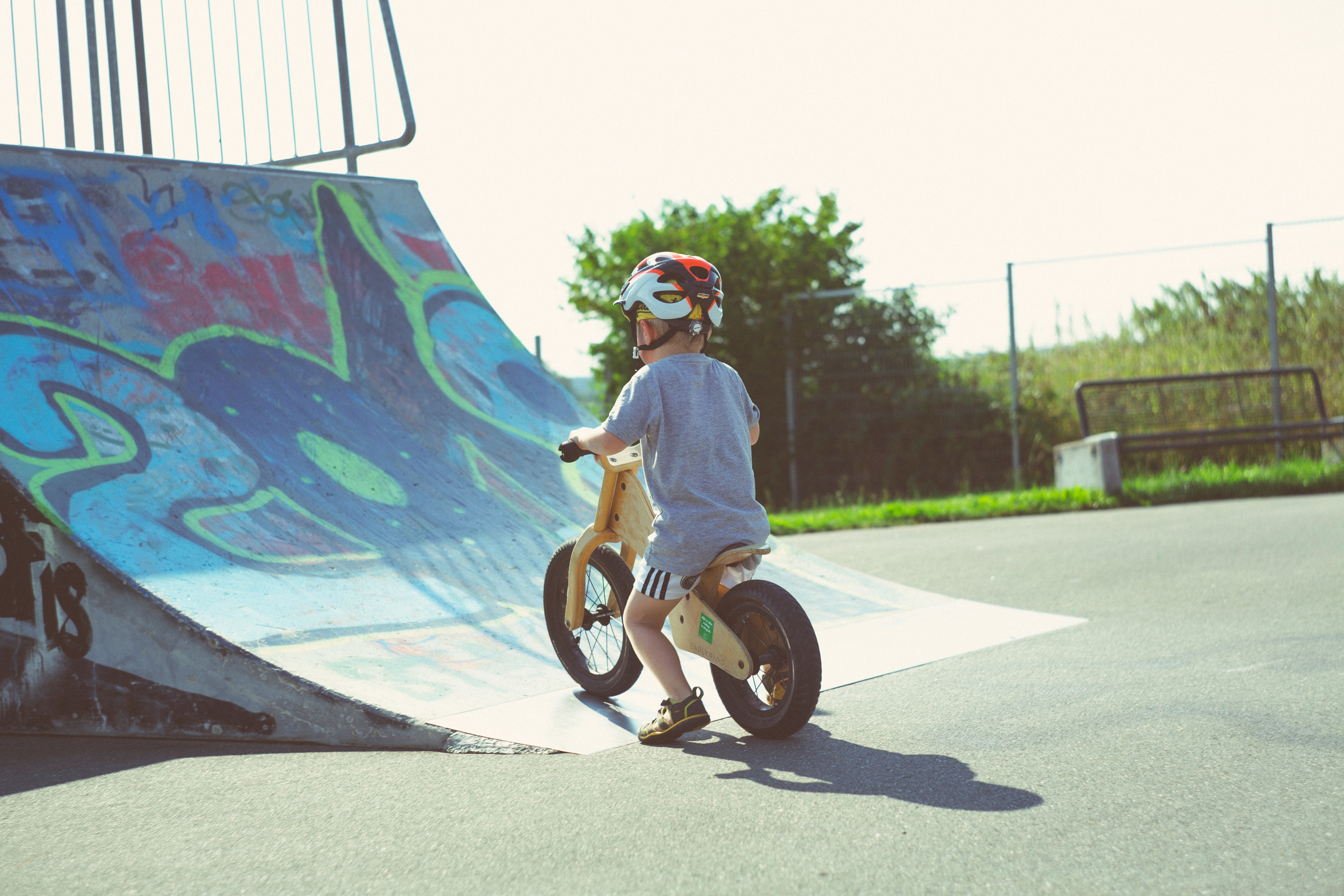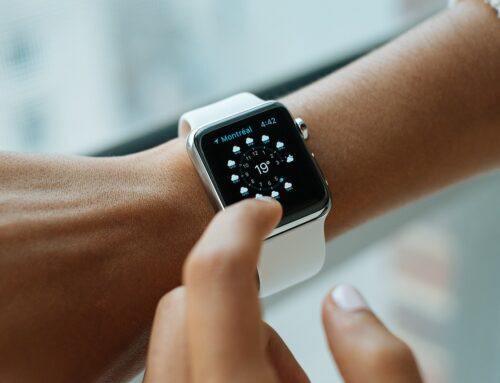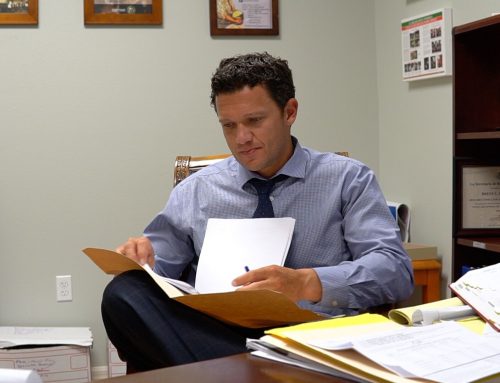Anyone who has ever lived in a home with small children understands that minor pediatric injuries happen and are to be expected. They run around without care, fall on a regular basis and play on all types of equipment. Bumps, bruises, scrapes and even the occasional broken arm or leg are essentially par for the course – as much as we would like to protect our kids from all injury.
This blog will look at some of the most common pediatric injuries, and how you can help to keep your kids safe.
Please note that this blog is not meant to provide any type of medical advice, rather simply provides generic information. If your child has been injured, consulting a medical professional is always the safest option.
1. Cuts, Scrapes & Bruises: Whether falling off of a bike or banging into a table, these injuries are nearly unavoidable. Minor cuts and scrapes can typically be treated with soap, water and antibiotic; while bruises can be treated with an ice pack. Always consult a doctor if you suspect an infection or if your child has trouble moving or walking.
2. Back and Neck Pain: This relatively new spat of pediatric injuries has arisen from school age children being required to carry backpacks to and from school. With many schools banning lockers in schools, children are carrying textbooks and supplies back and forth, and the burden if heavy. The American Academy of Pediatrics recommends a two strap backpack always be used, and never carry more than about 15% of the child’s weight.
3. Strains & Sprains: Most kids these days are involved in some form of sports, whether soccer or gymnastics or dance. Sprained ankles are the most common injuries in this category, although pulled muscles, ligaments and tendons are also common. Ibuprofen or aspirin may be utilized to help alleviate pain. Sprains should be firmly wrapped and elevated with ice. If your child cannot walk or move at all, head for the doctor’s office.
4. Broken Bones & Fractures: These types of pediatric injuries are very painful, but fairly common as children fall off bikes, skateboards, or playground equipment. These injuries will result in the area swelling and being too painful to touch, and should be seen by a medical professional immediately.
5. Concussions: Head injuries in children are common but should be taken seriously. Regardless of cause, be on the lookout for symptoms such as dizziness, persistent headaches or blurry vision. These may not show up immediately, so stay vigilant for several days.
Can I Sue for Pediatric Injuries?
Many people look for someone to blame if their child gets hurt. It is important to point out that if your child suffers one of these pediatric injuries, a negligence case is not necessarily relevant. If the injury is incurred while the individual is voluntarily participating in an activity known to involve risk, the parent will typically work through insurance to have any necessary medical bills covered.
However, if it can be proven that there was negligence involved in the accident, you may be able to pursue a settlement or a lawsuit from the third party. For instance, if a piece of gymnastics equipment collapses while your child is on it, this may indicate negligence. However, if your child is tumbling on a mat and turns their ankle, negligence is generally not applicable.
If your child has suffered one of these pediatric injuries and you suspect that negligent behavior was involved, call Probinsky & Cole. We will help you to work through the facts and determine if you have a personal injury case or not.








